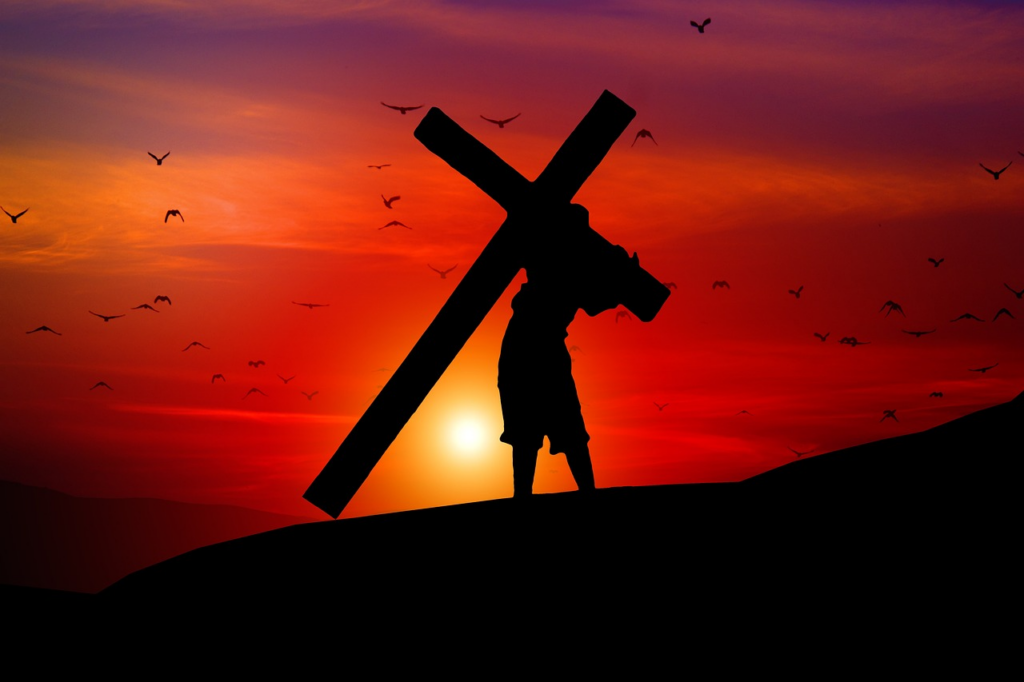Since the dawn of humanity, human beings have sought out sacred objects that inspire devotion and worship. These relics, often associated with religious figures or significant events, have the power to connect people to the divine and awaken a deep sense of faith and reverence. In this article, we'll explore some of the most famous sacred relics and their fascinating stories that span the centuries.
The Holy Grail
We begin our journey through the world of holy relics with one of the most famous of all: the Holy Grail. According to Christian tradition, the Holy Grail is the chalice used by Jesus Christ at the Last Supper. The search for the Grail has become an epic legend, inspiring countless stories, poems and works of art throughout history.
The story of the Holy Grail is shrouded in mystery and intrigue. Some believe that the Grail was brought to Britain by Joseph of Arimathea and that the search for the Grail was a sacred mission of the Knights of the Round Table, led by the legendary King Arthur. However, its true nature and location remain an enigma to this day, fueling the imagination of many.
The Ark of the Covenant
Another widely known sacred relic is the Ark of the Covenant, described in the Old Testament as a sacred box containing the tablets of the Ten Commandments given to Moses by God on Mount Sinai. The Ark was considered God's dwelling place among the Israelites and was revered as the most sacred object in the Tabernacle and, later, in the Temple in Jerusalem.
The story of the Ark of the Covenant is full of miraculous and significant events. It was carried by the Israelites during their journey through the desert and played a central role in many of the great stories of the Old Testament, including the crossing of the River Jordan and the fall of the walls of Jericho. Its current location is unknown, which only adds to the mystery and reverence surrounding it.
The Fragments of the Cross of Christ
The fragments of the cross on which Jesus was crucified are another sacred relic that arouses great devotion among the faithful. According to Christian tradition, the cross was discovered by St. Helena, mother of Emperor Constantine, during a pilgrimage to the Holy Land in the 4th century. She found the fragments buried beneath the site where the Basilica of the Holy Sepulchre was later built.
Fragments of the cross have been scattered throughout the Christian world over the centuries, and many pilgrimage sites have been established around them. These fragments are believed to have healing and miraculous powers, and the faithful travel from far and wide to venerate them and ask for their intercession.

The Cloak of Turin
The Mantle of Turin, also known as the Shroud of Turin, is another very important Christian relic. It is a sheet that, according to tradition, was used to wrap the body of Jesus Christ after his crucifixion. The shroud is famous for containing the image of a man who many believe to be Jesus himself, printed in a mysterious way on the fabric.
The authenticity and origin of the Turin Cloak have been the subject of debate over the years, with many scientists and scholars trying to unravel the mystery behind the printed image. Regardless of its authenticity, the Turin Cloak remains a powerful source of inspiration and devotion for millions of people around the world.
The Relics of Buddha
In addition to the sacred relics of Christianity, other religious traditions also have objects venerated by their followers. In Buddhism, for example, Buddha's relics are highly revered and considered objects of great spiritual merit.
Buddha's relics include his remains, such as bones and ashes, as well as objects associated with him, such as his teeth and hair. These relics are often housed in stupas, sacred architectural structures found throughout the Buddhist world, and are objects of pilgrimage and worship for devotees.
Sacred relics play an important role in many religious traditions around the world, connecting the faithful to the divine and inspiring deep devotion. Although their authenticity and origin are often the subject of debate, their symbolic and spiritual power cannot be denied.
Over the centuries, these relics have captivated people's imaginations, generating legends, stories and traditions that continue to resonate to this day. Regardless of their historical origins, holy relics remain tangible testimonies to the faith and devotion of humanity in its search for the divine.
See also: How to Deal with Relationship Conflicts According to Religious Principles
May 18th, 2024
With a lot of faith and positivity, she writes for Pray and Faith, bringing messages and Divine teachings to everyone.